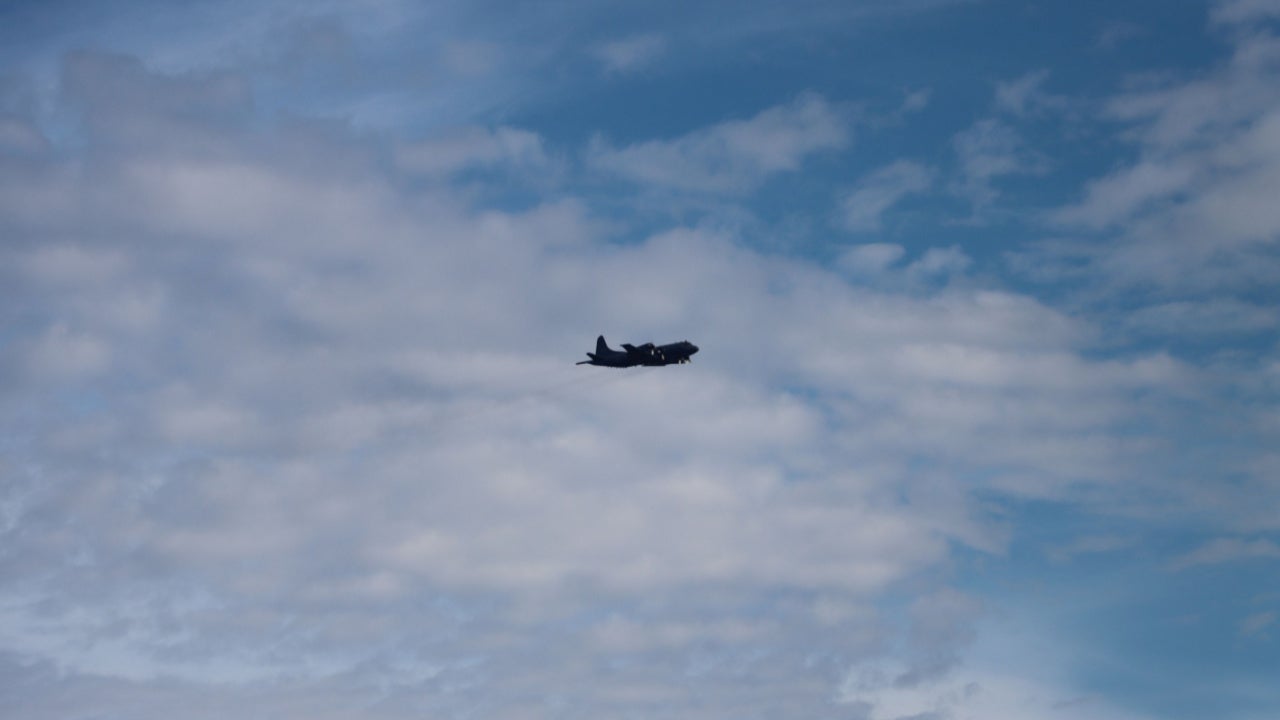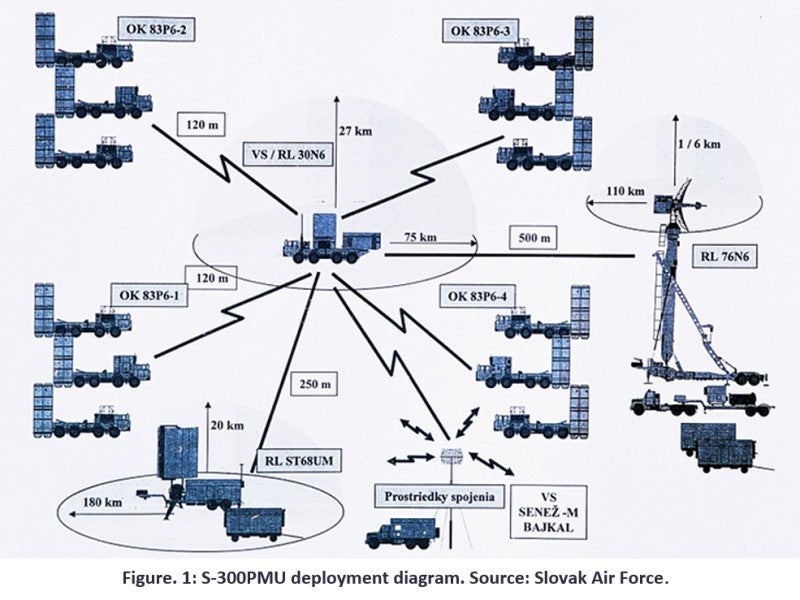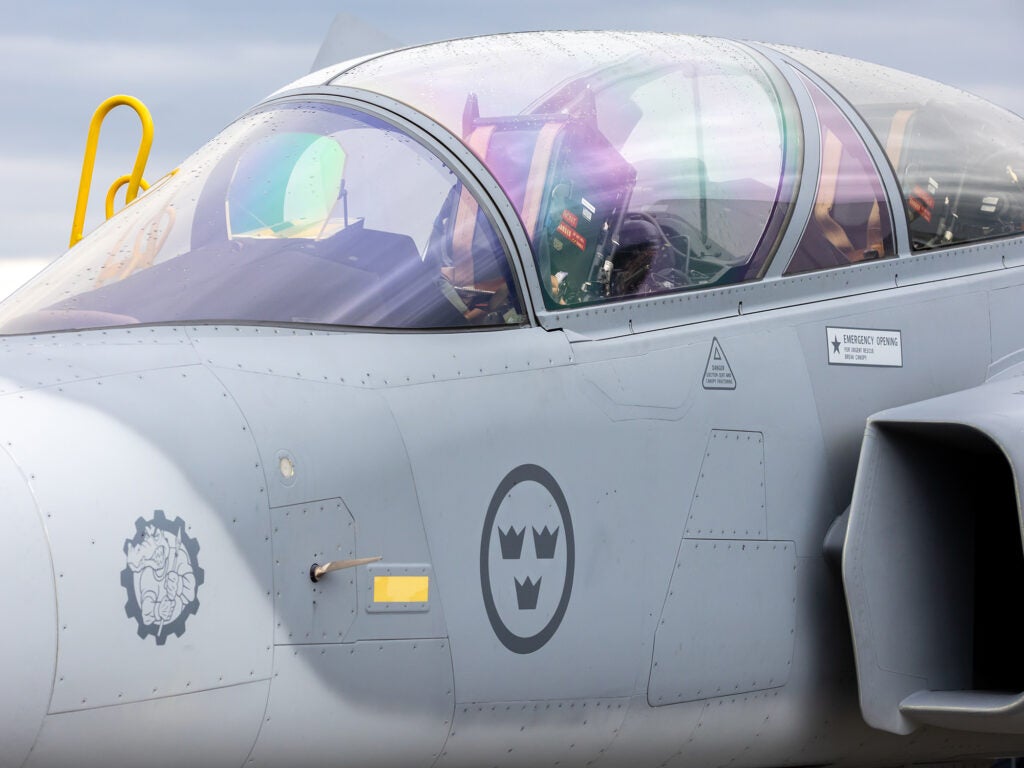
The high altitude platform systems (HAPS) market is still in a nascent stage, with platforms just now reaching maturity. Its use cases and implementation scenarios will differ based on local market requirements, the regulatory situation, geography, economic development, and other parameters specific to each deployment. There is unlikely to be a one-size-fits-all solution.
Listed below are the key regulatory trends impacting the HAPS theme, as identified by GlobalData.
Legal definition (space vs. aerospace object)
International law is ambiguous over the exact boundary where the airspace ends, and outer space begins. However, there are clear differences between air and space legal regimes. Due to the stratospheric zone in which HAPS are intended to operate, a grey zone between the atmosphere and space, there is some ambiguity on which regulatory regime applies to these systems: space or air law. Some key discrepancies could affect the rollout of HAPS.
First, regarding sovereignty. Air law asserts that each state has the right to apply its own laws and regulations and exercise jurisdictional powers over the airspace above its territory. Space law, however, runs counter to this and prohibits the assertion of sovereignty in space. No single country has any jurisdiction on the space above its territory, and all states have the right to freely use outer space. HAPS operates on the edge of these two zones, and clear guidance on which regime HAPS might fall under is being sought by organisations such as the HAPS Alliance.
Second, in terms of liability, air law places liability for damage caused by aircraft on the carrier or operator. Space law, however, places liability on the launching state, defined as the state that launches; procures the launch; from whose territory the space object is launched; or with whose facilities the space object is launched. International liability is also engaged when caused by private activities: each country bears responsibility and liability for the activities of its nationals in space. This distinction could have an impact on the willingness of states to cooperate with HAPS operators.
Finally, the differing registration requirements for aircraft and spacecraft could also have ramifications for HAPS. Aircraft are only required to be made once and carry several obligations, such as ensuring appropriate certification of airworthiness and licensing of personnel. Spacecraft must be registered in a national registry and the UN Secretary General must be informed about each launch, and limited information concerning the spacecraft—such as its intended orbital trajectory, date of launch, and general purpose—must be provided.
HAPS Launch and Recovery
Most of the time of flight of a HAP is above the air control altitude limit, usually defined at 20km (65,000ft). However, the launch and recovery phases, which occur at lower altitudes, must be planned in conjunction with airspace control agencies, with the definition of specific segregated areas for that operation. The integration of unmanned aircraft in not segregated airspace is a subject not yet regulated, mainly due to the issue of avoiding air collisions.
Aviation regulations
The International Civil Aviation Organization (ICAO) divides HAPS into two categories: unmanned free balloons and unmanned aircraft. In their definitions, an unmanned free balloon is understood as a non-power-driven, unmanned, lighter-than-air aircraft in free flight, whereas an unmanned aircraft is an aircraft intended to operate with no pilot on board.
Regulatory guidance in this area is still in a nascent stage, with organisations such as the HAPS Alliance pushing regulatory authorities to tackle the issue. However, as it stands, the two categories have significant regulatory differences. A primary difference is that balloons are excluded from real-time management.
Currently, aviation regulations are set and monitored by national civil aviation, per international standards from bodies such as the ICAO. However, some large-scale HAPS deployments are intended to be operated by international consortiums, transcending national boundaries. The lack of an international set of rules and standards for large-scale HAPS deployments governing licensing and operations could inhibit the sector’s growth.
Spectrum regulations
A bandwidth of 396MHz to 2969MHz is required for ground-to-HAPS links. A bandwidth of 324MHz to 1505MHz is required for HAPS-to-ground links. In 2019, at the World Radiocommunication Conference which focused on the regulatory framework for HAPS and non-geostationary satellite systems, frequency bands for HAPS usage were agreed upon. The 31-31.2GHz and 38-39.5GHz bands were added to the existing dedicated 47.2–47.5 GHz and 47.948.2 GHz bands for worldwide usage.
There are further bands in the 2GHz and 6GHz bands that have also been designated by the International Telecommunication Union (ITU). Finally, the 21.4–22 GHz and 24.25–27.5 GHz frequency bands can be used by HAPS in the fixed services in region 2, which covers the Americas, including Greenland, and some of the eastern Pacific Islands.
This is an edited extract from the High Altitude Platform Systems (HAPS) – Thematic Research report produced by GlobalData Thematic Research.




